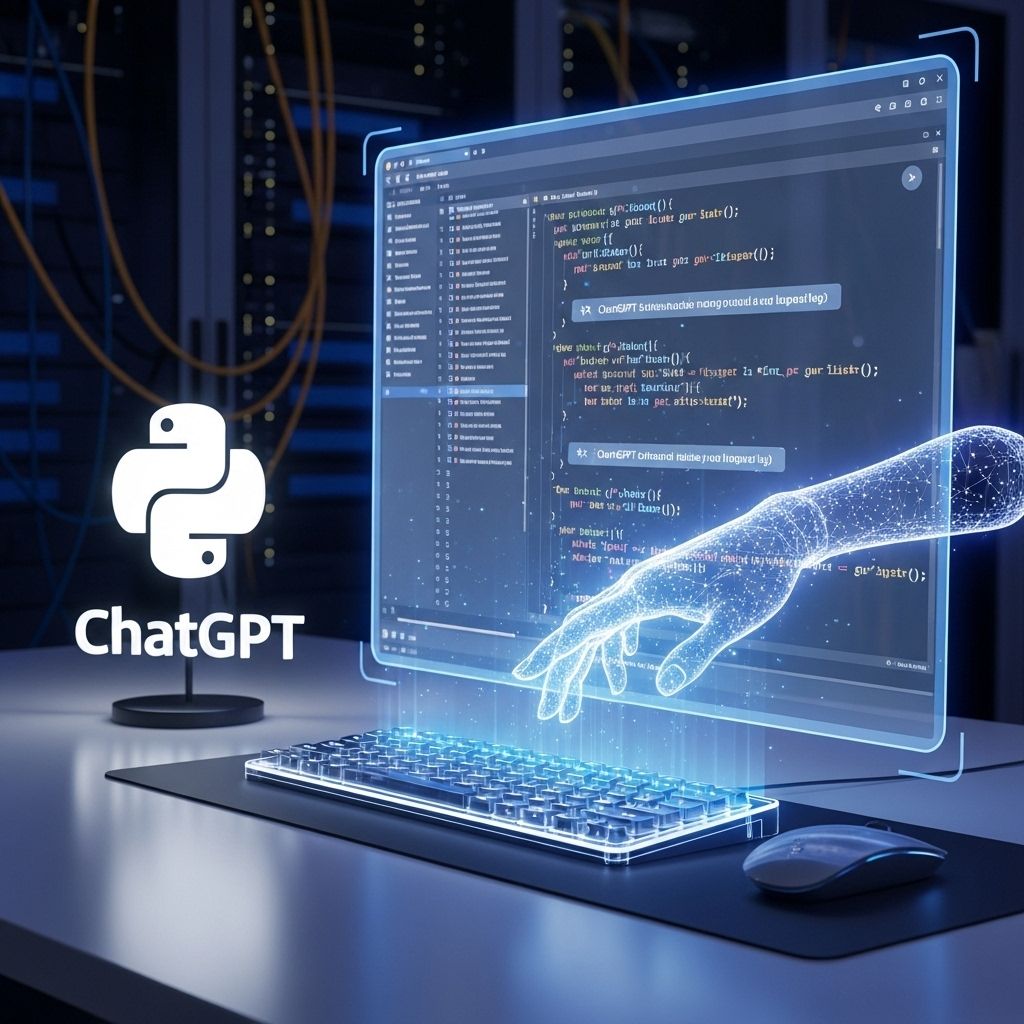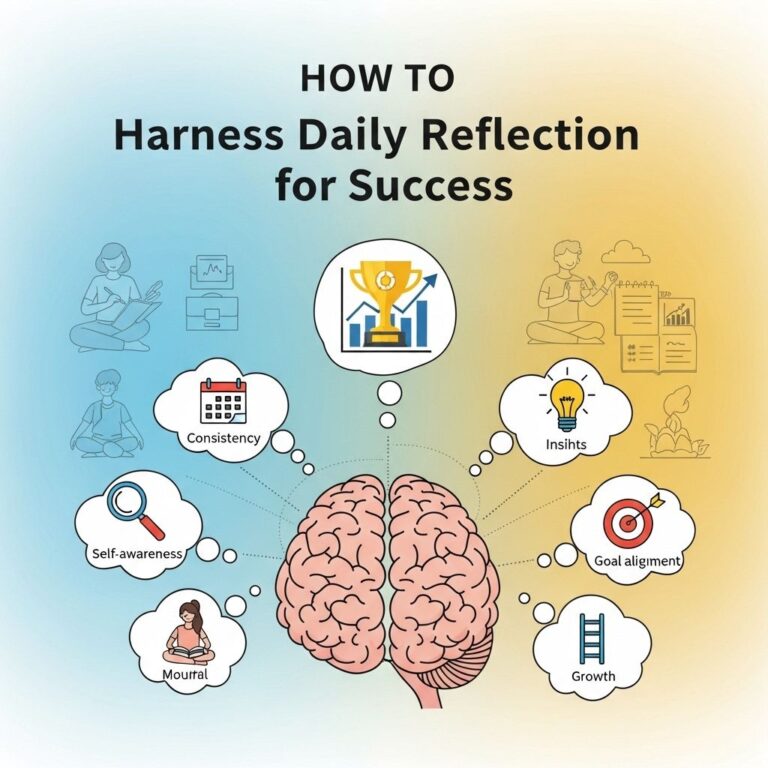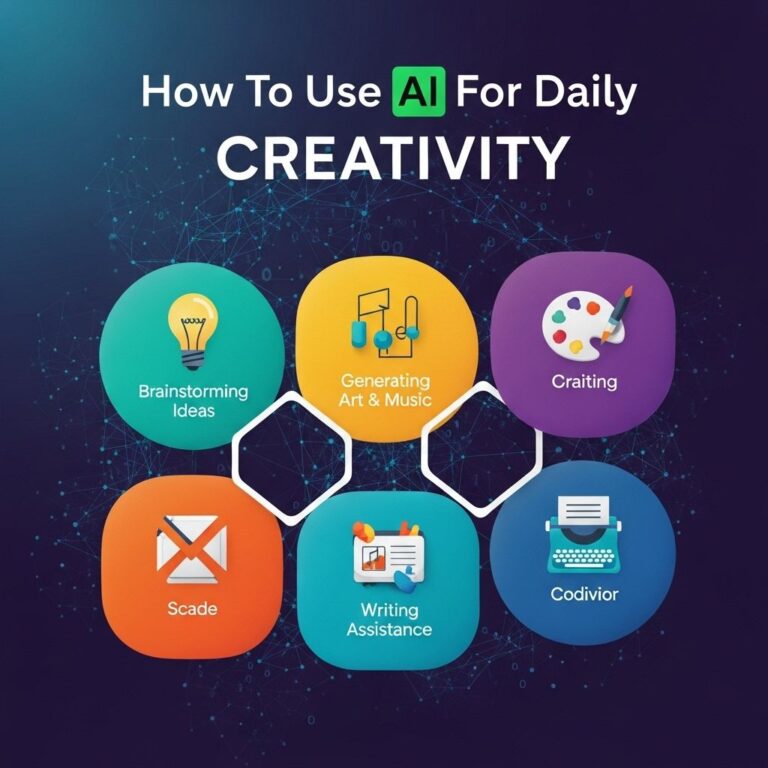In the ever-evolving landscape of technology, coding has become an essential skill for many professionals across various fields. With the rise of AI tools like ChatGPT, aspiring coders and seasoned developers alike have access to an unparalleled resource that can enhance their coding experience and efficiency. This article delves into how to leverage ChatGPT to code like a pro, exploring its features, best practices, and practical applications.
Table of Contents
Understanding ChatGPT and Its Capabilities
ChatGPT is an advanced language model developed by OpenAI, designed to understand and generate human-like text based on the prompts it’s given. Here are some of its core capabilities:
- Code generation in multiple programming languages.
- Debugging assistance and problem-solving.
- Natural language explanations of complex coding concepts.
- Best practices and coding standards guidance.
Setting Up ChatGPT for Coding
Accessing ChatGPT
To start coding with ChatGPT, you need access to the platform. Here’s how you can get started:
- Visit the OpenAI website and sign up for an account.
- Select the appropriate subscription plan that suits your needs.
- Familiarize yourself with the interface and available features.
Choosing the Right Environment
While ChatGPT can assist in writing code, having a suitable development environment is crucial. Here are some popular options:
| IDE/Text Editor | Features | Best For |
|---|---|---|
| Visual Studio Code | Extensive plugins, Git integration, debugging tools | All-purpose coding |
| Sublime Text | Lightweight, fast, customizable | Quick edits and scripting |
| PyCharm | Specialized for Python, integrated testing | Python development |
Using ChatGPT to Enhance Your Coding Skills
Code Generation
One of the primary advantages of using ChatGPT is its ability to generate code snippets based on user input. To maximize this feature:
- Be specific in your requests—for example, ask for a function to sort an array in Python.
- Provide context if necessary, such as the type of data you’re working with.
- Iterate on the responses; if the first output isn’t perfect, refine your prompt.
Debugging Code
Debugging can be a tedious process, but ChatGPT can assist significantly:
- Paste the code in question and describe the issue.
- Ask for potential solutions or alternative approaches.
- Follow up with clarification questions if the initial response is unclear.
Learning Best Practices
Whether you’re a beginner or an experienced programmer, learning best coding practices can dramatically improve your code quality. Here’s how ChatGPT can help:
- Ask for coding standards for specific languages (e.g., naming conventions in JavaScript).
- Request explanations of design patterns and when to use them.
- Inquire about common pitfalls in programming languages and how to avoid them.
Practical Applications of ChatGPT in Coding
Project Ideation
ChatGPT can be a resourceful partner in brainstorming project ideas. To leverage it:
- Request project ideas based on your interests or technology stacks.
- Clarify the scope you’re interested in (e.g., web app, mobile app).
- Ask for potential features and functionalities.
Code Reviews
While ChatGPT may not replace a human code reviewer, it can provide valuable insights:
- Paste segments of your code and ask for a review.
- Request suggestions for optimization or improvements.
- Inquire about potential security vulnerabilities.
Documentation Generation
Effective documentation is essential for maintainable code. ChatGPT can assist in creating documentation:
- Provide code snippets or entire functions.
- Request explanations for each function’s purpose and usage.
- Ask for examples of how to use the code in practice.
Best Practices for Using ChatGPT Effectively
Clarify Your Requests
The clarity of your queries significantly impacts the quality of responses from ChatGPT. To improve response accuracy:
- Avoid vague language; be explicit about what you need.
- Utilize examples to illustrate your points.
- Break complex requests into simpler parts.
Iterate and Refine
Don’t hesitate to iterate on your prompts:
- If the first response isn’t satisfactory, ask follow-up questions.
- Refine your question to obtain more targeted information.
- Experiment with different phrasings to see how responses vary.
Stay Updated with AI Developments
The field of AI and machine learning is fast-paced. Stay informed about updates to ChatGPT and AI coding assistants:
- Follow OpenAI announcements for new features.
- Participate in forums and communities discussing AI coding tools.
- Experiment with other coding-related AI tools to find complementary functionalities.
Conclusion
In conclusion, leveraging ChatGPT as a coding companion can significantly enhance your programming skills and efficiency. By understanding its capabilities and employing best practices, you can embark on a journey to code like a pro. As technology continues to evolve, embracing AI tools like ChatGPT will not only streamline your workflow but also expand your creative potential in the coding realm.
FAQ
How can ChatGPT help me learn to code?
ChatGPT can provide coding tutorials, explain programming concepts, and offer examples of code in various languages to help you learn effectively.
What programming languages can I learn with ChatGPT?
You can learn a variety of programming languages with ChatGPT, including Python, JavaScript, Java, C++, and more, with tailored explanations and examples.
Can ChatGPT assist with debugging my code?
Yes, ChatGPT can help you identify errors and suggest fixes for your code by analyzing the logic and syntax.
Is ChatGPT suitable for beginners in coding?
Absolutely! ChatGPT can provide simple explanations and step-by-step guidance, making it a great resource for coding beginners.
How do I improve my coding skills using ChatGPT?
You can improve your coding skills by asking ChatGPT for practice problems, project ideas, and feedback on your code, as well as learning new concepts.
Can ChatGPT provide project ideas for coding practice?
Yes, ChatGPT can suggest various coding projects suitable for your skill level, helping you apply what you’ve learned and build a portfolio.









